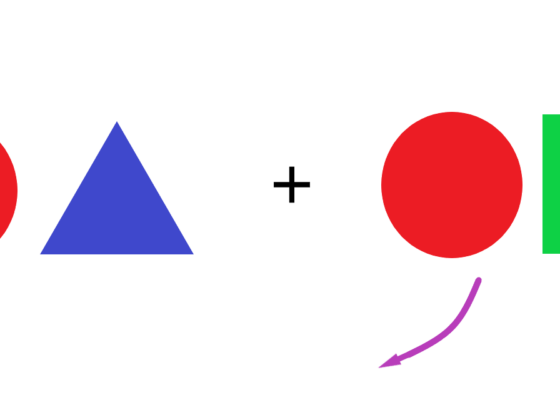The vertex form of a quadratic has the form y = m(x – s)2 + t for some m, s and t. This form is used to easily find the vertex of a quadratic which can be found at point (s, t).
To take a quadratic in the form y = ax2 + bx + c and factor it into y = m(x – s)2 + t, we must complete the square.
Completing the Square
We will use an example to demonstrate. Complete the square of y = 3x2 + 12x + 15
Step 1: Factor out the coefficient of x2 from the first two terms.
y = 3(x2 + 4x) + 15
Step 2: Calculate 0.25b2 where b is the coefficient of x.
0.25b2 = 0.25(4)2 = 4
Step 3: Add and subtract that value inside the brackets to keep the function the same.
y = 3(x2 + 4x + 4 – 4) + 15
Step 4: Expand the negative term.
y = 3(x2 + 4x + 4) + 3
Step 5: Factor the perfect square.
y = 3(x + 2)2 + 3
So our quadratic in vertex form is y = 3(x + 2)2 + 3 and the vertex can be found at (-2, 3).
Additionally we can see that the quadratic opens upwards because the value of both a and m are positive. Thus we can tell there are no real roots because the vertex is above the x-axis and the parabola opens upwards.
Looking to get ready for the SAT? We can help with SAT Prep
This article was written for you by Jeremie, one of the tutors with Test Prep Academy.


